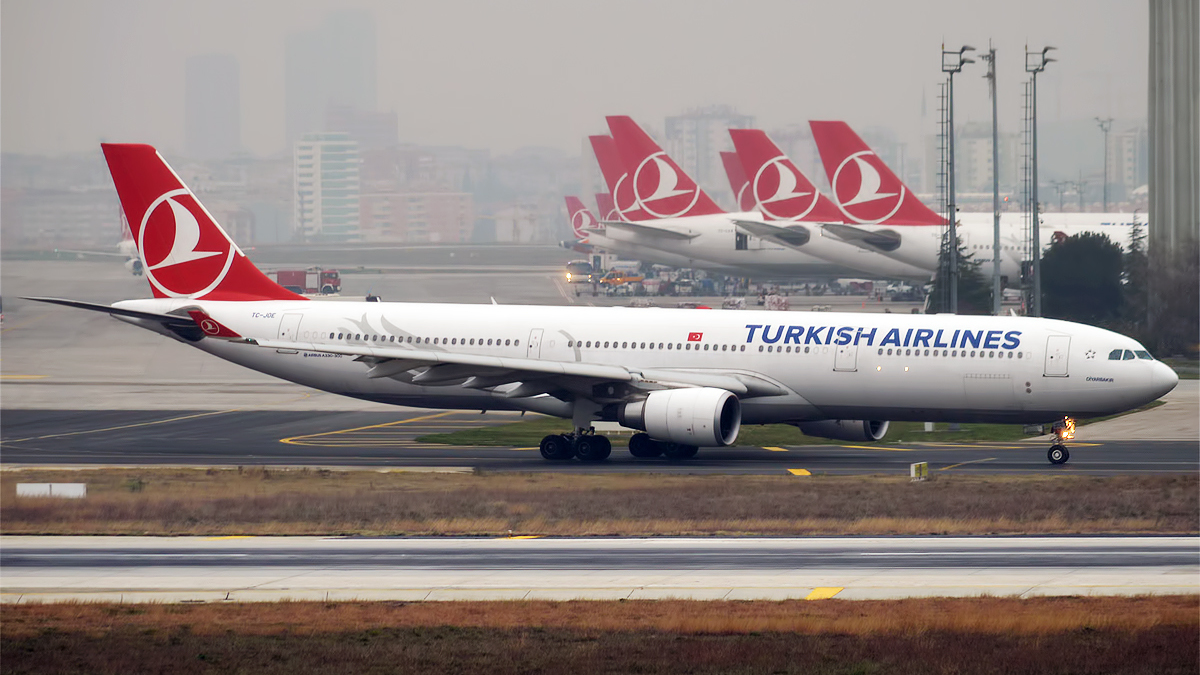Flight Attendant Breaks Back in Severe Turbulence Incident – Turkish Airlines News
In a recent incident on a Turkish Airlines flight from Istanbul to Izmir, a flight attendant suffered a broken back after the plane hit severe turbulence. The incident occurred just days after a Singapore Airlines flight experienced a similar incident, resulting in one fatality and multiple injuries.
The aircraft experienced a sudden drop in midair, causing the crew member to be thrown against the ceiling before crashing to the floor. Upon landing, the flight attendant was rushed to a local hospital where doctors confirmed the broken vertebra. Reports indicate that she had only been working in her position for two months prior to the incident.
This incident is the third in a series of alarming turbulence incidents in recent days, highlighting the dangers of flying at high altitudes. Experts attribute the increase in severe turbulence to climate change, with a significant rise in incidents over the past few decades.
To address this growing issue, airlines are collaborating to improve monitoring of clear-air turbulence, which is difficult to detect and avoid. Aviation experts emphasize the importance of wearing seatbelts at all times during a flight to mitigate the risk of injury during unexpected turbulence.
Impact of Climate Change on Turbulence Incidents – Aviation Safety Concerns
Recent studies have shown a significant increase in severe turbulence incidents, with experts linking this rise to climate change. Changes in airflow patterns at high altitudes have led to more frequent and severe turbulence episodes, posing a risk to airline passengers and crew members.
The University of Reading in the UK reported a 55% rise in severe turbulence over the Atlantic Ocean from 1979 to 2020, with a notable increase in clear-air turbulence incidents. These episodes occur without visible warning signs, making them challenging to detect and avoid during flights.
In response to this growing concern, airlines are working together to improve monitoring and mitigation strategies for turbulence incidents. It is crucial for passengers to follow safety protocols and wear seatbelts at all times during a flight to minimize the risk of injury in the event of unexpected turbulence.
Collaborative Efforts in Aviation Safety – Clear-Air Turbulence Monitoring
Fifteen airlines have joined forces to enhance the monitoring of clear-air turbulence, a challenging phenomenon that poses risks to flight safety. These collaborative efforts aim to improve detection and avoidance strategies for turbulence incidents, ensuring the safety of passengers and crew members during flights.
Aviation experts stress the importance of proactive safety measures, such as wearing seatbelts at all times, to reduce the impact of turbulence-related injuries. With climate change contributing to the increase in severe turbulence incidents, it is essential for the aviation industry to prioritize safety and implement effective risk mitigation strategies.
In conclusion, the recent turbulence incidents highlight the need for heightened awareness and preparedness in the aviation sector. By working together and implementing proactive measures, airlines can enhance safety standards and ensure a secure flying experience for all passengers.




